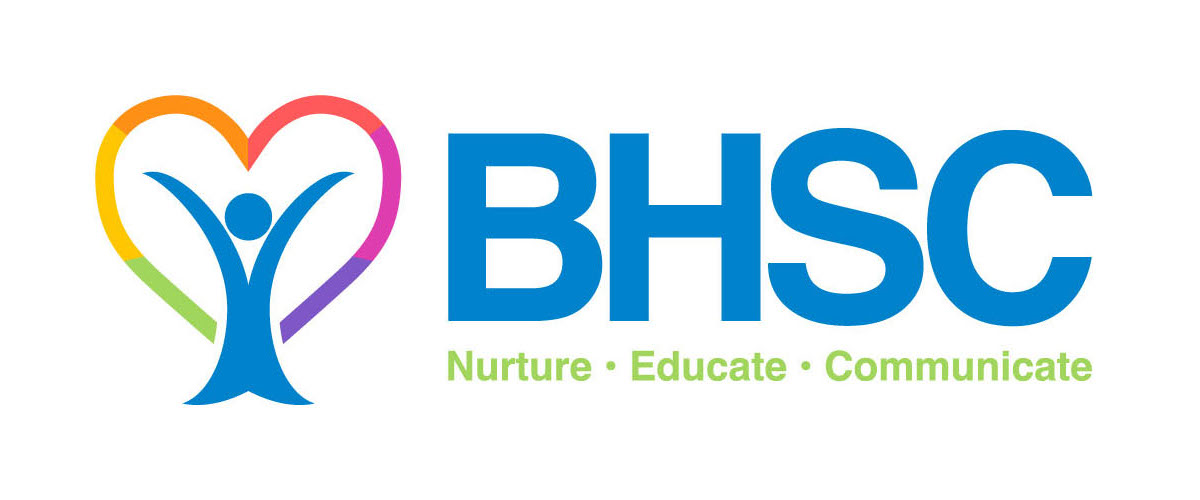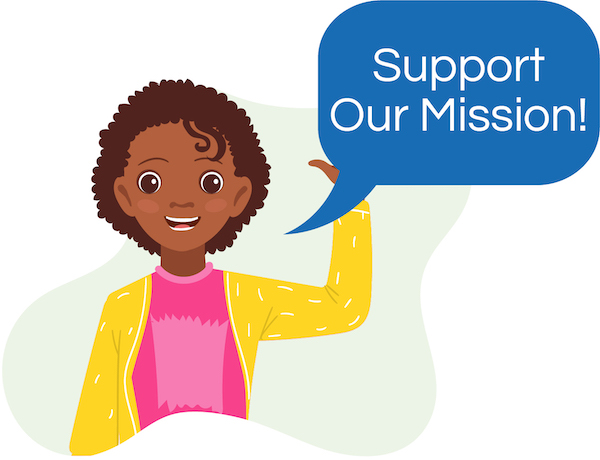“Students who are loved at home, come to school to learn, and students who aren’t, come to school to be loved” Nicholas A. Ferroni
The quote above has been a long time favorite of mine. It says a lot about learning, achievement and what is important for children to have in their lives as they grow and develop. The quote also has served me well in my work- as it always reminds me about the importance of the inextricably linked home-school connection.
I have worked/consulted with, and provided training to teachers much of my professional career. A personal belief of mine that has shaped my approach to classroom/school culture and teacher openness is that every child has two homes: the one she is born into and the one she spends 5½ hours a day in. Central to both of these “homes” is the interplay between love/emotion and learning…between parent and teacher.
One of the things that has been on a pendulum of belief swings in education over the past 5 decades has been the relevant correlation of social-emotional learning to academic performance and achievement. I think it can finally be said with some sound evidence based research supporting it that- success of children and students in school is indistinguishably linked to a healthy social and emotional development. Traditionally learning has been linked predominantly with IQ or Intellectual Quotient. More “modern” thinking would say that learning is an interplay between IQ and EQ or Emotional Intelligence.
I recently read that in Japanese schools, the students don’t get any exams until they reach the 4th grade. Why? The goal for the first three years of school is not to the judge the child’s learning ability, but to establish good manners and develop character. The Japanese scholars (teachers) teach manners before knowledge. This makes sense to me in that in its most general logic, learning is teaching to the whole child. The idea of an early focus on character development and executive function appeals to me both from a developmental “unfolding” and a cognitive or brain growth dimension as well.
Students who have a sense of belonging and purpose; who can work well with classmates and peers to solve problems; who can plan and set goals; who can persevere through challenges; who are in control of their emotions and have social skills necessary to get along with others; in addition to being literate, numerate and versed in scientific concepts and ideas…are more likely to maximize their opportunities and reach their full potential.
Much of my thinking around social-emotional development comes from my working with children who were “classified” as being emotionally disturbed. As a young clinician I met Dr. Stanley Greenspan who I eventually used to call upon frequently to mentor me in responding more effectively with children who had little executive function in general and even less control over their behavior. He always pushed me to consider the emotional world of the child and to try and enter the child’s world to make the necessary therapeutic connections. His belief was that learning and therapeutic outcomes came from first making emotional connections with the child ‘”where they were at” developmentally while learning to take cues from the child as you tried to teach or do therapy with her.
Interestingly, Stanley Greenspan was the child psychiatrist who eventually developed and introduced the DIR/Floortime approach for working with and relating to children [the model that BHSC follows in all of its classrooms]. He once said that “all children have within them the potential to be great kids, it’s our job to create a great world where this potential can flourish”. I believe that Dr Greenspan was talking about the world the child exists in at home, in their day care and/or school and in individual adult-child contacts.
Today working in a program with younger children- my belief that social-emotional development is critically important to a child’s long term relationships and achievements be they academic, social or vocational, has been validated by science. Now knowing how the brain develops, research has demonstrated that the year’s birth through 5 are critical times for a child’s brain development and for a child’s ability to gain a social-emotion component to her personality and behavioral structure.
Lifelong success and how humans learn is a continuous interplay between nature [genetics] and nurture [care, stimulation, surrounding and teaching] provided or withheld during this critical developmental time period. In short, we can mindfully teach to social-emotional development with our children- at home, in our day care centers and in schools.
We can create environments that nurture and support social-emotional development. We further can modify our own behaviors to be more impactful in helping to grow this part of a child’s basic structure. This is a most important prelude to having children be ready for school where learning, cooperating and successfully communicating are necessary for academic performance. They are also the exact same skills our children will use throughout their academic lives all the way into their occupations and professions. Parents and teachers working together toward this end are a potent combination working on behalf of the child.
Let me summarize with a quote from Maurice Elias Ph.D. which I believe caps this discussion quite well. In speaking about how schools needed to change to prepare children for the latter part of the 21st century and beyond he said, “True change requires a focus on creating school culture that supports academic, social, emotional and character development of children”.
Academic education – social-emotional development – character building all go hand in hand in parenting and teaching to the whole child.
Please visit www.askbhsc.org to learn more about the Buffalo hearing & Speech Center pre-school and school age programs for children on the autism spectrum and for children experiencing behavioral difficulties. Thanks and be well, joe cozzo




